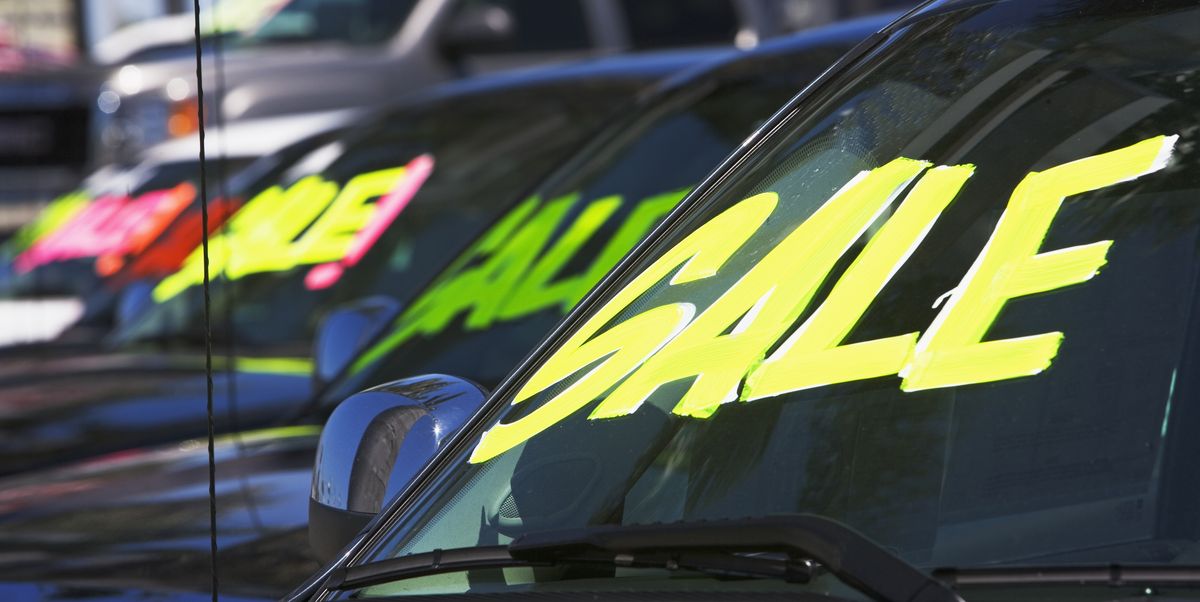It’s quite likely that we’re currently experiencing the used vehicle market’s weirdest time ever. Carvana, CarMax, Vroom, Shift, and maybe a hundred dozen other companies are striving to commoditize used inventories and move shopping online. Meanwhile, new car production is down, dealer inventories of all sorts are negligible, and demand has been goosed by COVID stimulus payouts that make tidy down payments. High-mileage husks have moved from the remainder bins of the buy-here/pay-here margins over to the front lines of fancy factory-backed dealerships. Will the madness ever end?
Of course it will. When? And what will the crash look like?
A new report from the KPMG consulting firm strives to put the current insanity in context and predict how it will end. Or if it will end. And, one way or another, what the “new normal” may be. The report can be downloaded here.
None of this was expected. “Just as the chip shortage began to take hold, automotive demand took off,” the report explains. “As vaccines rolled out and the second round of government stimulus checks arrived in early 2021, consumer confidence—and finances—rebounded. Some consumers used stimulus checks for down payments on new cars. Others were attracted by low-interest rates on car loans.
“By mid-2021, millions of consumers, businesses, fleet owners, and other customers were back in the market. With new vehicles in short supply, dealers were able to get sticker price and higher for new cars. Amended window stickers for new vehicles often reflected ‘market adjustments,’ far above the MSRP on the Monroney label.”
With new cars in short supply and more expensive, used cars became more valuable and precious. Manheim’s used car auction prices, for instance, were up 44 percent in November 2021 compared to November 2020. And this month (December 2021) JD Power predicted that the average used car will sell for more than $30,000. That’s unprecedented, and precisely how markets work. But slowly, surely and predictably, new car production is ramping back up towards pre-pandemic levels. That’s going to impact used vehicle values.
The KPMG report lays out four scenarios for the near-term future of the used car market, all four variations of low supply, high supply, low demand and high demand. All lead, eventually, to the same place where equilibrium returns to the market between supply and demand. That too is the essence of markets.
Low supply and high demand scenarios see prices still rising up all through most of 2022 with equilibrium returning by late 2023. High supply and low demand scenarios have the market peaking in early 2022 and hitting equilibrium before the year is out. The KPMG report has recommendations for automakers, dealers, suppliers and lenders. After all, KPMG is in the business of advising businesses.
What consumers should do is less clear. But, hey, let’s see if R&T can give it a shot.
If there’s, say, a low mileage 2006 Toyota Tundra Double Cab in your driveway, it’s likely as valuable as it’s ever going to be. So if it’s a spare vehicle, now is the time to sell. If it’s needed, it will be tough to replace it. Hold it and sit tight.
If you need a vehicle to replace one that’s been wrecked or otherwise lost, the best strategy could be to seek out the cheapest viable machine and hold onto it for the next year or so. Think of it as a bridge, a way to keep your capital expenditure low before spending money on a new or barely-used vehicle later when prices aren’t so lunatic. Now is not the time to pay the $50,000-over-sticker prices dealers are asking for high-demand vehicles like the Ram 1500 TRX or Porsche 911 GT3. Actually, $50,000 over sticker for a GT3 could almost be considered a bargain in the current market.
The KPMG report includes this passage: “Consumers who financed vehicles at 30 to 40 percent over pre-shortage values and find themselves in financial straits could walk away from an underwater car loan, the way homeowners did in the housing crisis. While this is unlikely now—default rates have actually fallen—a scenario like ‘stagflation stall’ could raise loss exposure.”
Right now it’s a seller’s market. So if you can, sell. If you must buy, think about keeping expenditures low in anticipation of more favorable conditions in a few months. Used car prices could drop 40 percent by the end of 2023.
As always, the best advice is “don’t panic.”
This content is created and maintained by a third party, and imported onto this page to help users provide their email addresses. You may be able to find more information about this and similar content at piano.io
